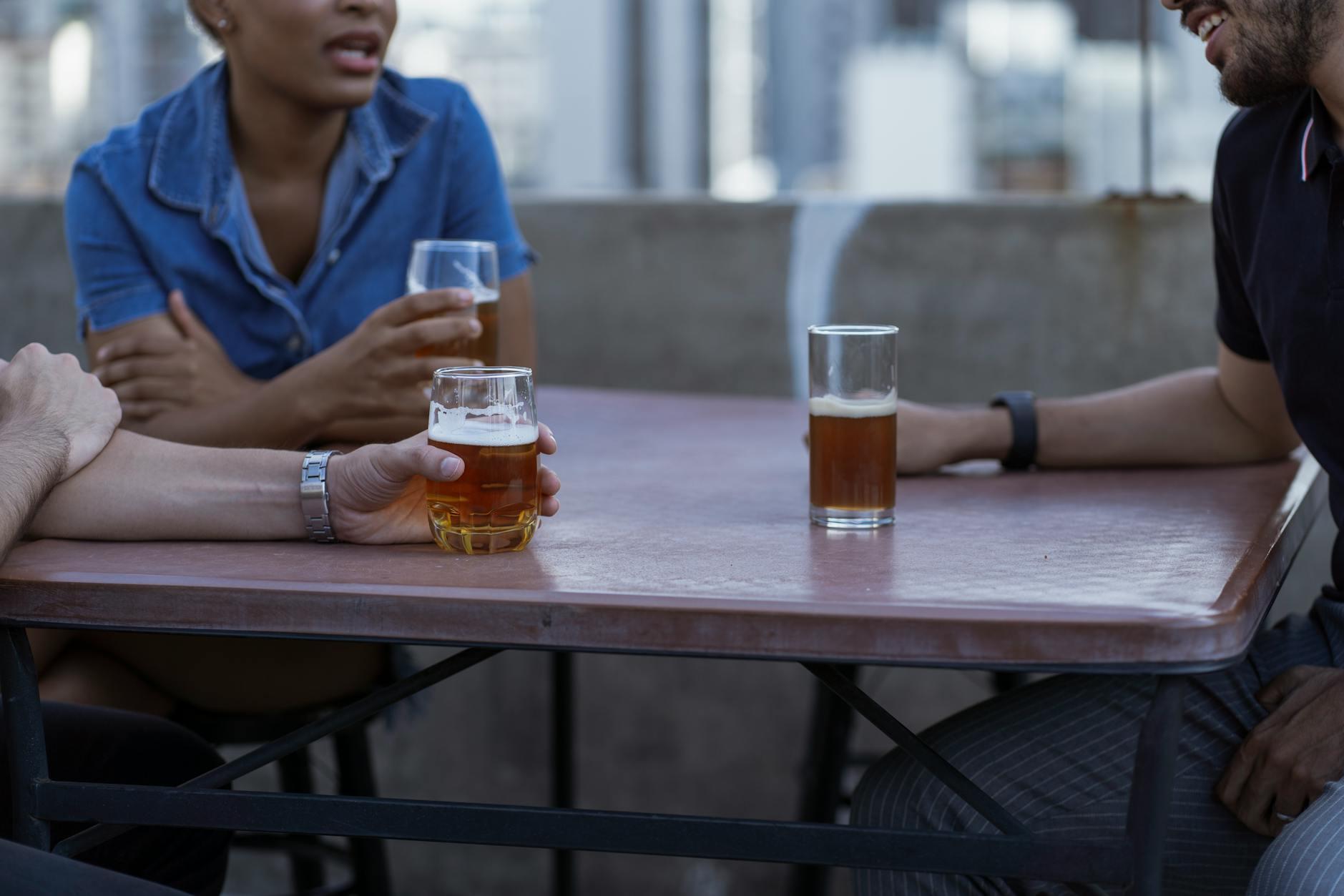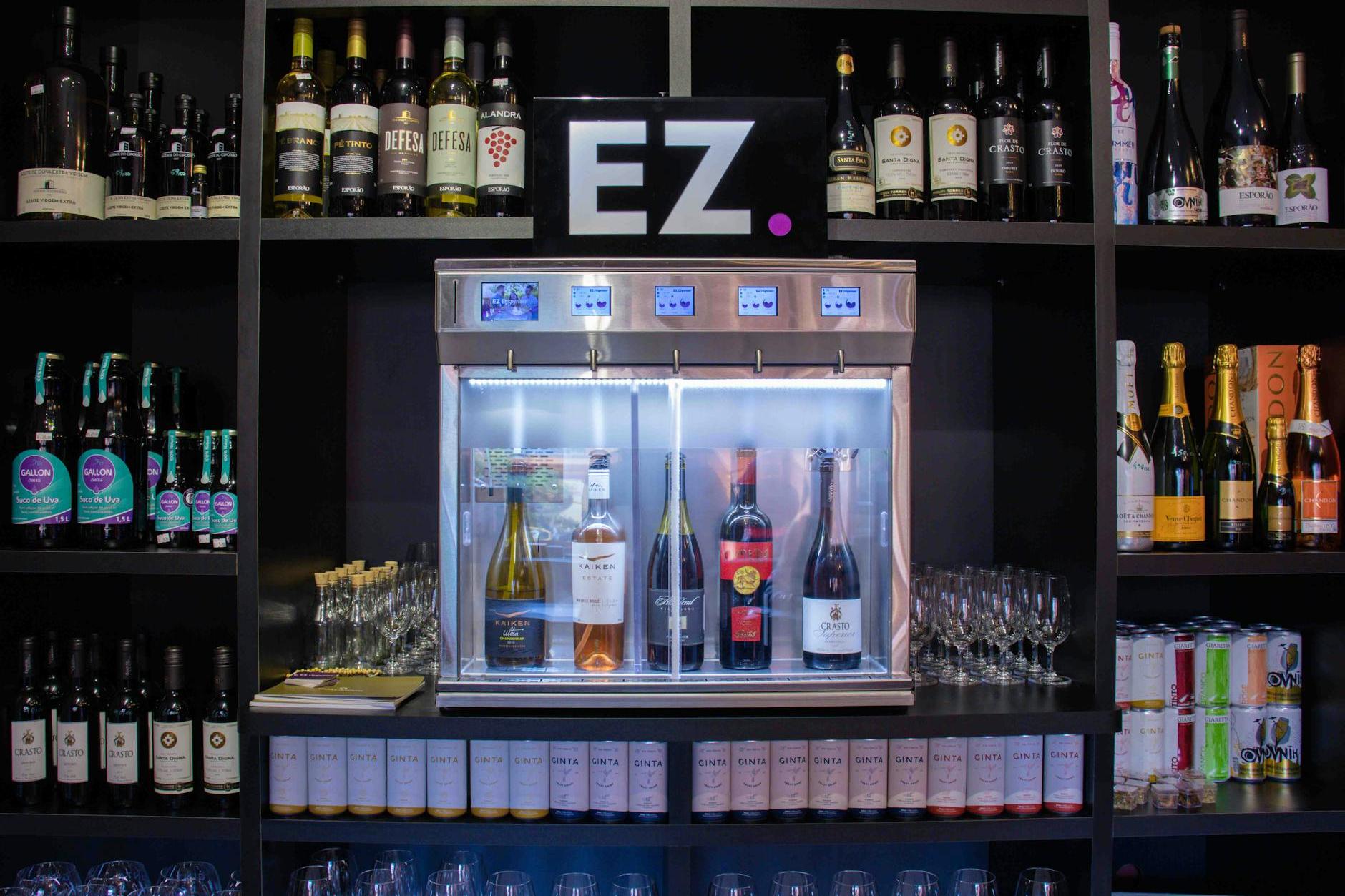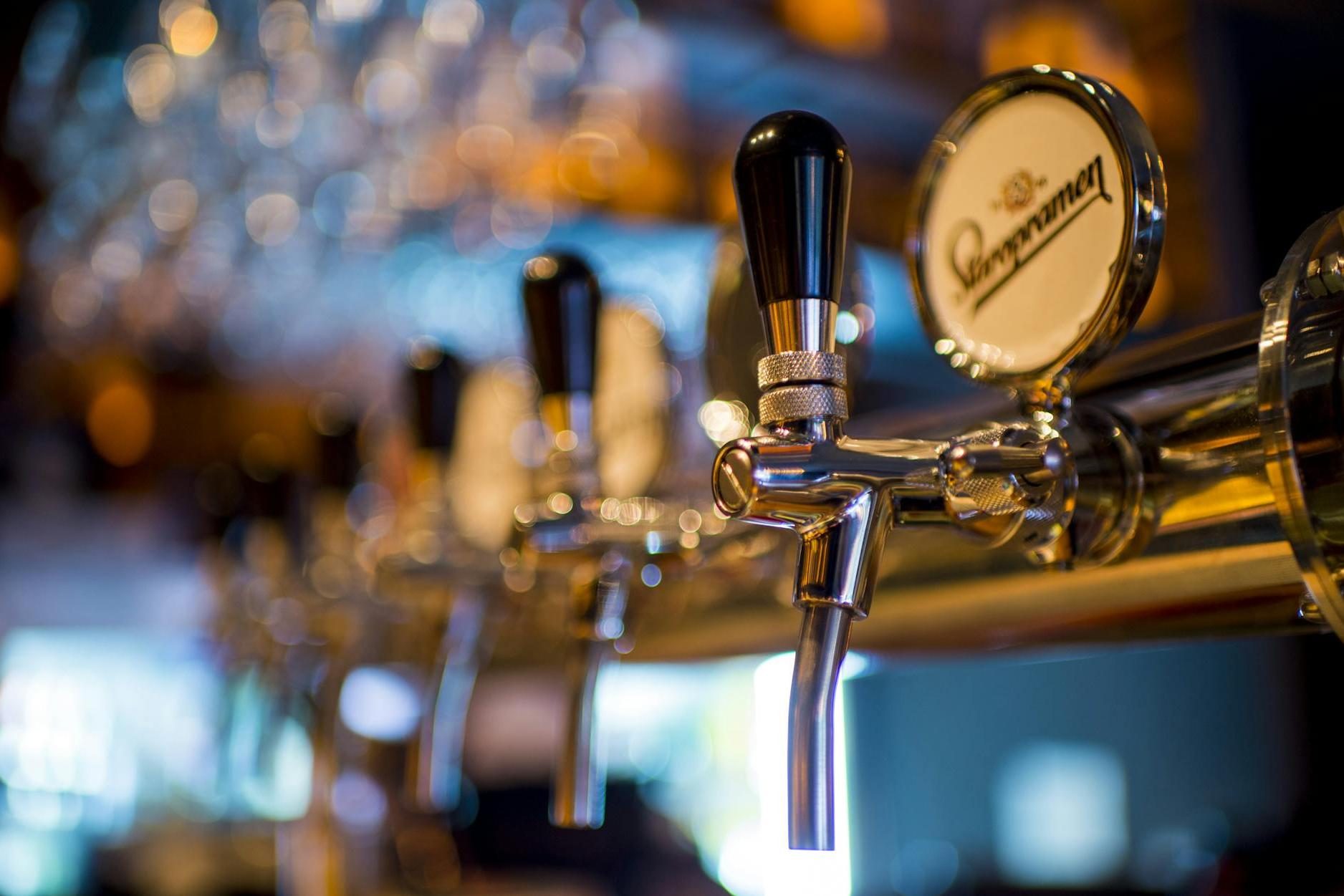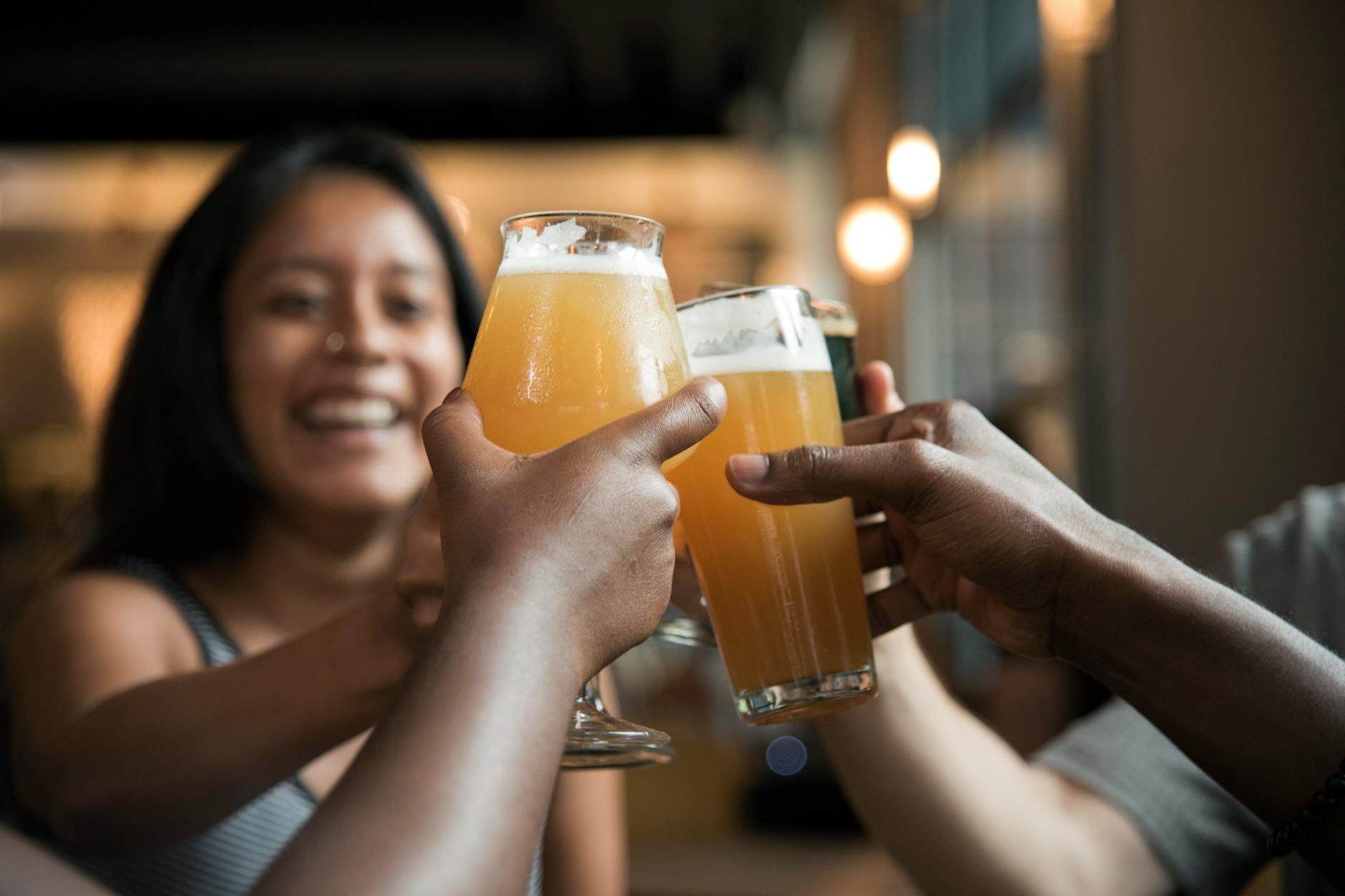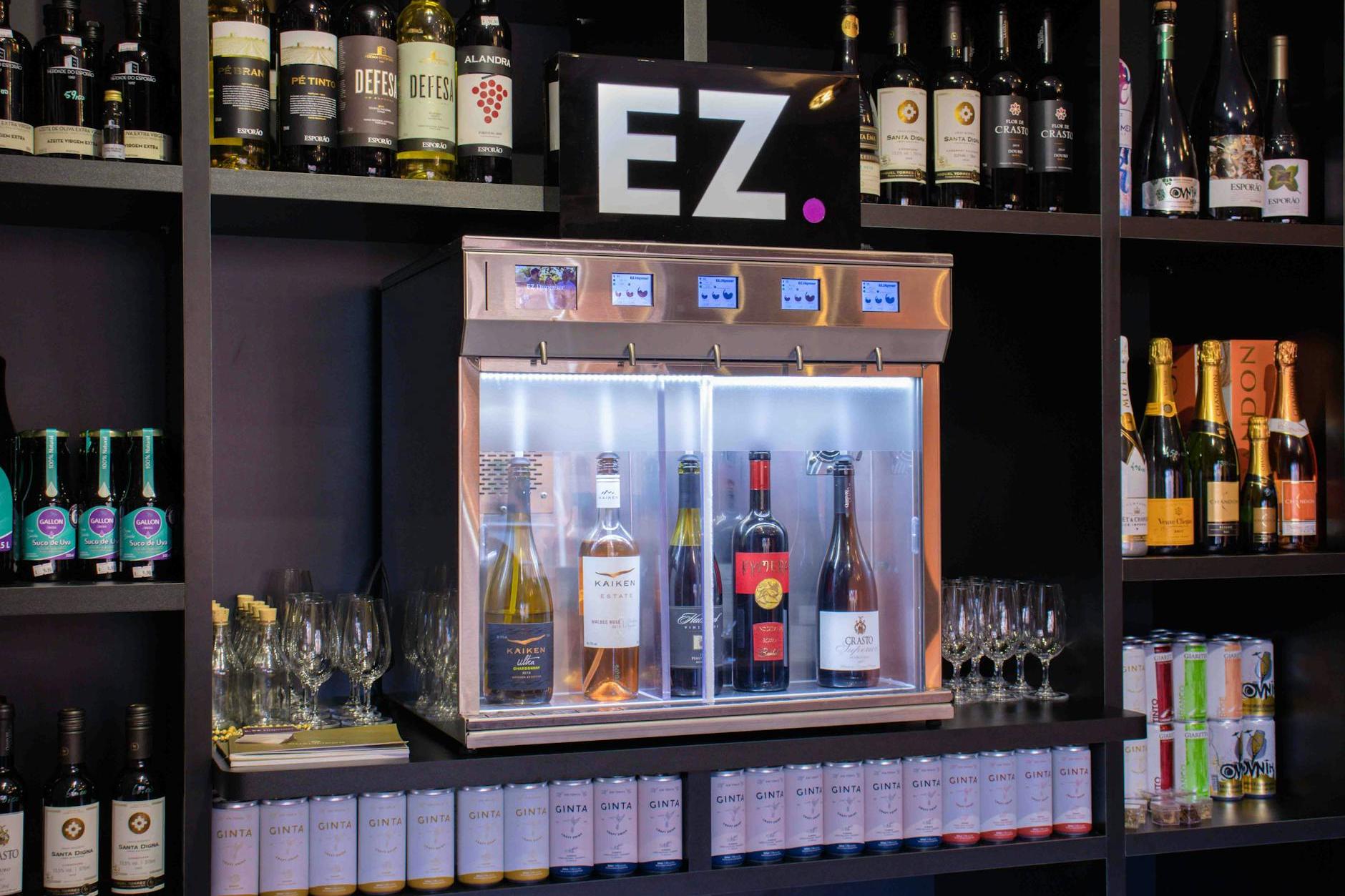- Shanghai Zhongshen International Trade Co., Ltd. - Two decades of trade agency expertise.
- Service Hotline: 139 1787 2118

Don't let imported beer become a "bubble business."
In 2018, I handled a case involving the import of German dark beer. The client failed to notice the differences in alcohol content labeling, resulting in an entire container of goods being required to be shipped back at Tianjin Port. This painful lesson taught us that being an import beer agent is not only a technical job but also requires systematic thinking. Today, I will use six key codes to help everyone unlock the door to wealth in the import beer business.
I. The Golden Triangle of Product Selection and Positioning
A common mistake made by beginners is blindly chasing after "viral hits." In reality, the selection logic of high-quality agents should be:
- Product-Market Fit:The northern market is more suited for rich and full-bodied ales, while the Jiangsu-Zhejiang-Shanghai region prefers fruity wheat beers.
- Supply chain stability:Check whether the winery has a continuous three-year export record.
- Profit Protection Mechanism:Give priority to brands that offer exclusive regional distribution rights.
II. The 3D Verification Method for Supplier Screening
When selecting overseas suppliers, I have a down-to-earth approach called "observation, inquiry, and assessment":
| Dimension | Verification method | Key Points to Avoid Pitfalls |
|---|---|---|
| Qualification review | Please provide the BRC/IFS certification. | Beware of OEM-branded products. |
| Production cycle | On-site inspection of the filling workshop. | Exercise caution when selecting options with seasonal capacity fluctuations exceeding 30%. |
| Logistics coordination | Testing the minimum order quantity response | Suppliers that do not accept LCL increase costs. |
III. The "Race Against Time" for Customs Clearance Documents
Last year, I assisted a client with an urgent customs clearance case and identified three critical details in document preparation:
- It is recommended to verify through the following methods:Although it is usually not required, if necessary, two formal and notarized certificates of origin must be provided.EU countries must also provide the vineyard registration number.
- Component Analysis Table:Please pay special attention to the labeling method of hop extract.
- Chinese Back Label:The warning "Excessive alcohol consumption is harmful to health" must be included.
IV. Hidden Costs in Warehousing and Logistics
Many agents suffer hidden losses in the transportation process. Here's a comparative case to share:
- Maritime TransportationPlan:
- A 40-foot temperature-controlled container costs $1,200 more than a standard container.
- However, the breakage rate can be reduced from 8% to 0.5%.
- Air TransportationPlan:
- Suitable for high-value-added craft beer
- Prior reporting of airline dangerous goods qualification is required.
V. Offensive and Defensive Strategies for After-Sales Service
The most challenging customer complaint I've handled involved suspended particles in a bottle, which was ultimately resolved through a successful triple-evidence-chain compensation claim:
- Retain the pre-loading inspection video
- Provide a third-party inspection report
- Compare transportation temperature and humidity records
VI. Risk Early Warning Radar System
It is recommended that agents establish their own monitoring system:
- Policy Radar:Pay attention to the weekly risk alerts from the Food Bureau of the General Administration of Customs.
- Exchange Rate Firewall:Adopt a 30% hedging + 70% floating strategy.
- Inventory Alert Level:Set up dual alerts for turnover rate and shelf life.
I remember helping a client avoid an Australian beer anti-dumping investigation back in 2019 by detecting an abnormal surge in purchase volume three months in advance. Being an imported beer agent is like brewing beer—it takes time to accumulate experience, and you must have contingency plans for unexpected situations. I hope these practical insights can help everyone avoid detours and turn every bottle of beer's cross-border journey into a profitable one.
(The author of this article is a former supply chain consultant for Carlsberg China, with hands-on experience in over 200 batches of imported alcoholic beverage projects.)
Related Recommendations
Category case
Get in Touch
Email: service@sh-zhongshen.com
Related Recommendations
Contact via WeChat

? 2025. All Rights Reserved. Shanghai ICP No. 2023007705-2  PSB Record: Shanghai No.31011502009912
PSB Record: Shanghai No.31011502009912
